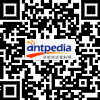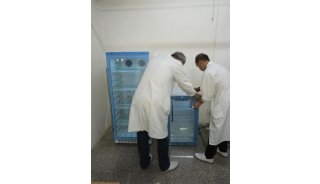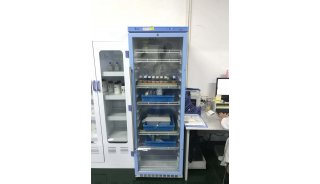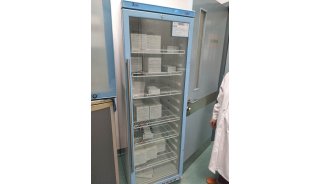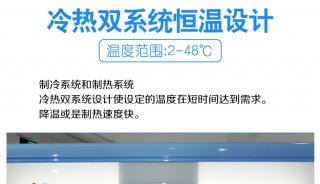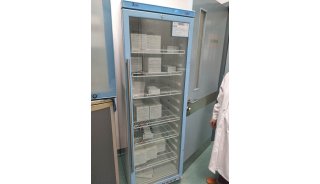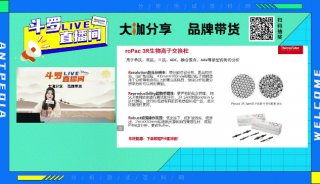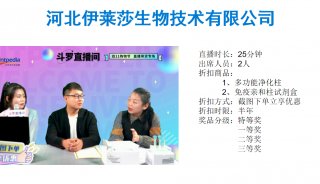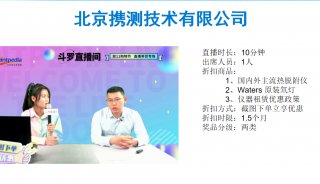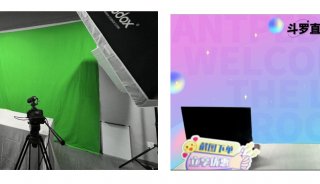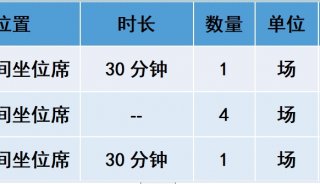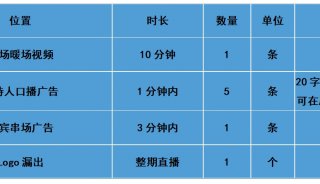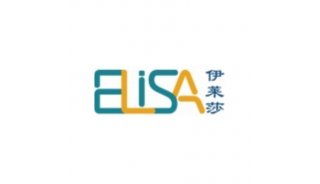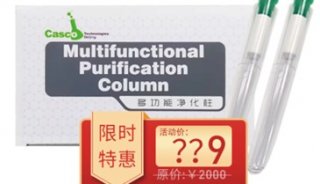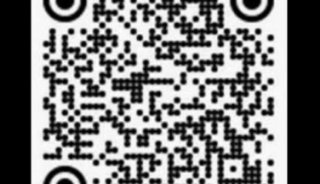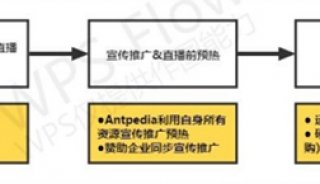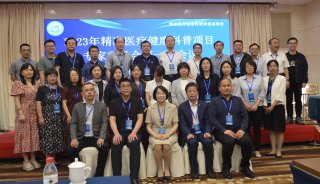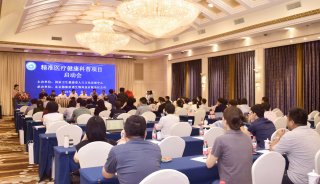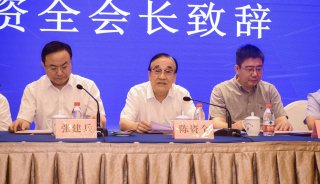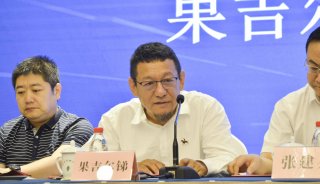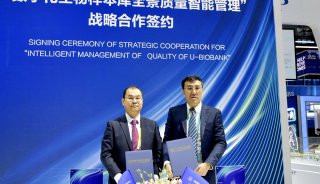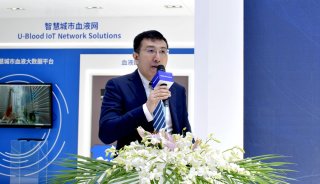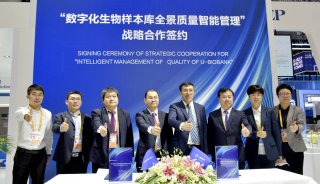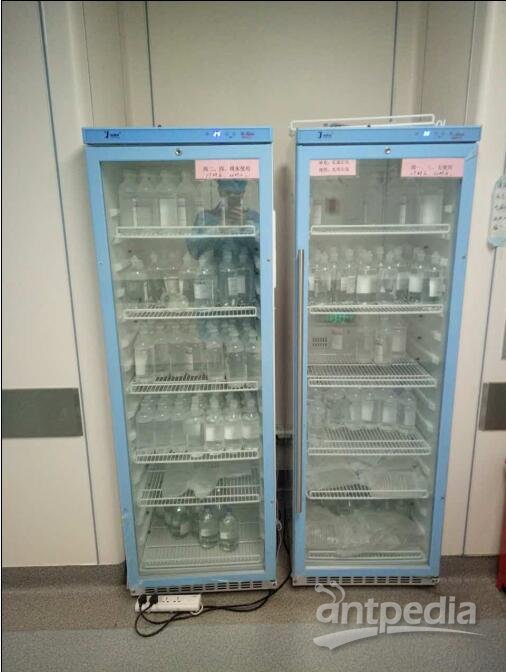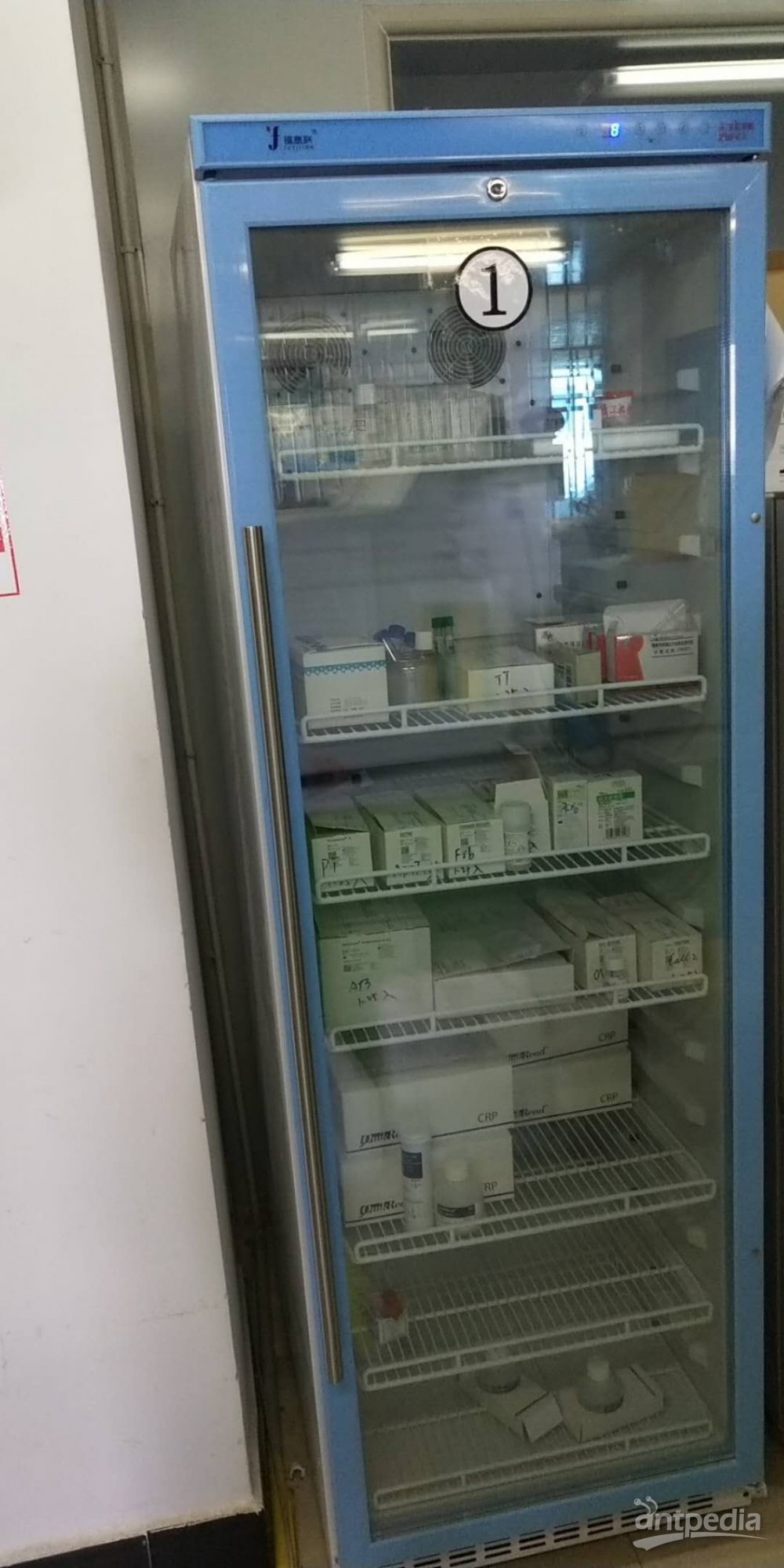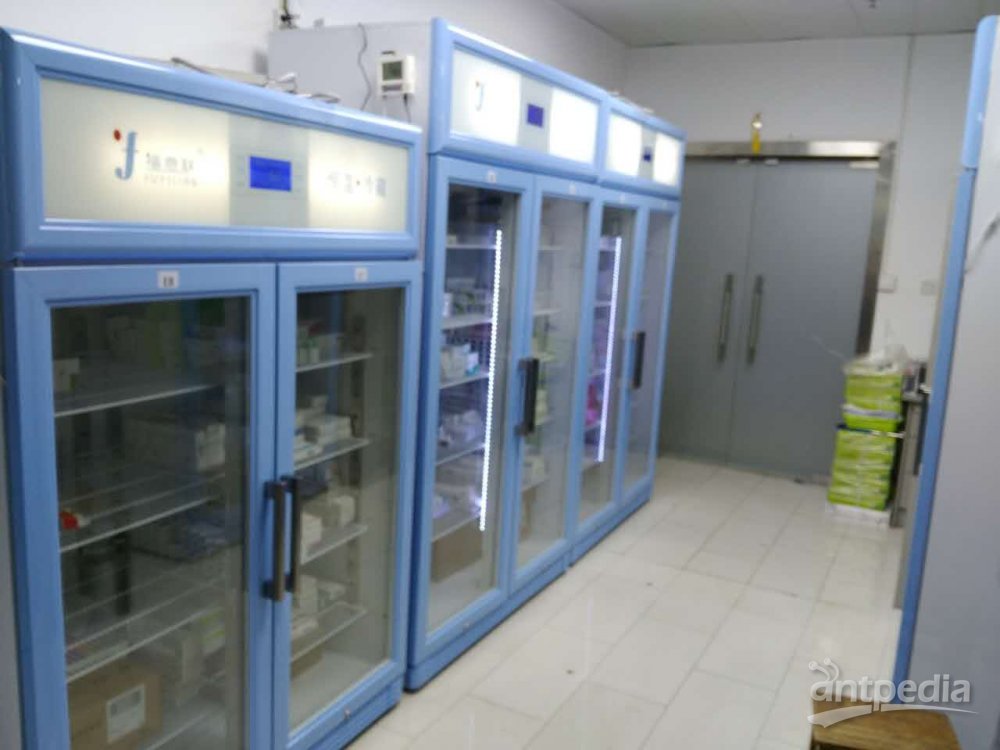20点直播|西班牙生物材料研究中心教授作报告
原文地址:http://news.sciencenet.cn/htmlnews/2023/7/505205.shtm
直播时间:2023年7月21日(周五)20:00-21:30
直播平台:

科学网APP
(科学网微博直播间链接)

科学网微博

科学网视频号
北京时间2023年7月21日晚八点,iCANX Talks 第153期将邀请到西班牙生物材料研究中心的Luis M. Liz-Marzán 教授分享"纳米光子学 "构件的制造及其在材料和设备中的整合!更多精彩,敬请期待!
【嘉宾介绍】

Luis M. Liz-Marzán
Center for Cooperative Research in Biomaterials
Plasmonic Nanomaterials on the Way to Personalized Medicine
【Abstract】
Nanoplasmonics involves the manipulation of light using materials with significantly smaller sizes than the radiation wavelength. This usually involves nanostructured metals, which very efficiently absorb and scatter light because of their ability to support coherent oscillations of free (conduction) electrons. Therefore, an essential pillar behind the development of nanoplasmonics is the great advance in fabrication methods, which have achieved an exquisite control over the composition and morphology of metal nanoparticles. Colloid chemistry has the advantage of simplicity and large-scale production, with the ability to direct not only nanoparticle morphology but also surface properties and subsequent processing via self-assembly.
纳米光子学涉及使用尺寸明显小于辐射波长的材料对光进行操纵。这通常涉及到纳米结构的金属,由于它们能够支持自由(传导)电子的相干振荡,能非常有效地吸收和散射光线。因此,纳米光子学发展背后的一个重要支柱是制造方法的巨大进步,它已经实现了对金属纳米颗粒的组成和形态的精致控制。胶体化学具有简单和大规模生产的优势,不仅能够指导纳米粒子的形态,而且能够指导表面特性和通过自组装进行后续加工。
This talk will provide an overview of the fabrication of “nanoplasmonics” building blocks and their integration in materials and devices that can be used for real applications in sensing and diagnostics. In particular, it will focus on the application of nanostructured plasmonic substrates comprising micropatterned Au nanoparticle superlattices and 3D-printed hybrid scaffolds, to the precise SERS detection of selected tumor metabolites which shape the cancer landscape.
本讲座将概述 "纳米光子学 "构件的制造及其在材料和设备中的整合,这些材料和设备可用于传感和诊断的实际应用。它将重点介绍由微图案的金纳米粒子超晶格和3D打印的混合支架组成的纳米结构等离子体基底的应用,以精确的SERS检测选定的肿瘤代谢物,这些代谢物塑造了癌症的面貌。
【BIOGRAPHY】
Luis M. Liz-Marzán is an Ikerbasque Research Professor at the Center for Cooperative Research in Biomaterials (CIC biomaGUNE) in San Sebastian, Spain. He is also a Group Leader at the Biomedical Networking Center for Bioengineering, Biomaterials and Nanomedicine (CIBER-BBN), and holds a part-time Chair in Physical Chemistry at the University of Vigo. He has published more than 550 papers, is a co-inventor on 12 patents and has supervised over 40 PhD students and 60 postdocs, many of whom are professors worldwide. His research has been recognized by many awards, including a Humboldt Research award (2009), Dupont Prize (2010), the inaugural ACS Nano Lectureship award (2012), the Rhodia Prize of the European Colloid and Interface Society (2013), the Medal of the Spanish Royal Society of Chemistry (2014), the Rey Jaime I Prize in Basic Sciences (2015), the Spanish National Research Award on Chemical Science and Technology (2018), and the Lilly Foundation Prize on Preclinical Biomedical Research (2021). He is an international member of the National Academy of Engineering (USA), and a member of the Royal Academy of Sciences of Spain, the European Academy of Sciences, and Academia Europaea. He recently received an Honorary Doctorate from the University of Antwerp (Belgium).



